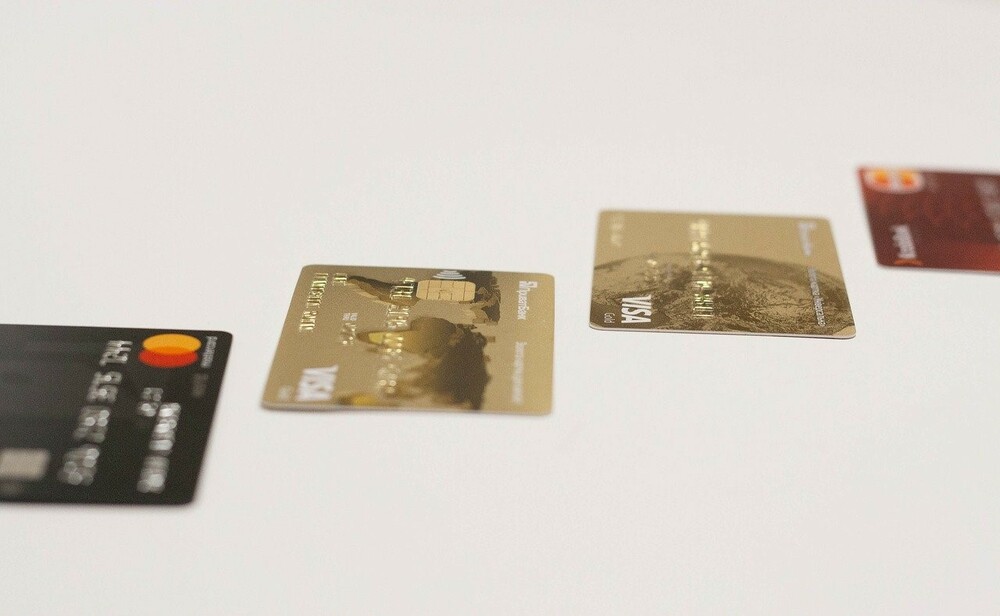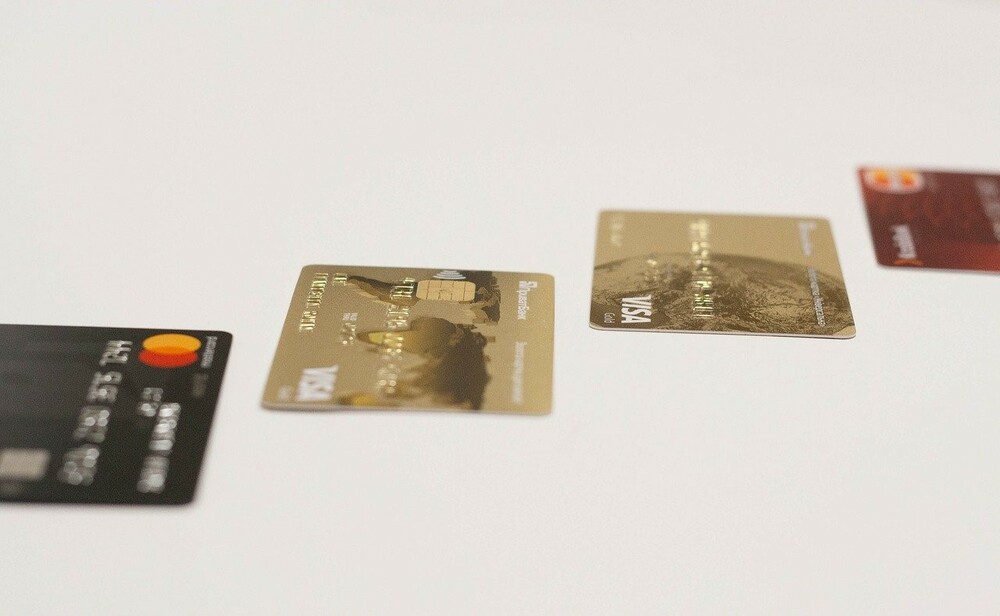A Beginner’s Guide to Credit Scores to Understanding and Improving Your credit score:
There’s no such thing as “perfect credit” because everyone has debts, especially student loans. There are, however, measures of a person’s creditworthiness that can help determine how and when they can borrow money. Before getting into the nitty-gritty, there is A Beginner’s Guide to Credit Scores to Understanding and Improving Your credit sore.

Guide to Credit Scores – What’s a Credit Score?
As the name implies, a credit score is a numerical representation of the ability of a consumer to repay debts and meet financial obligations. However, it’s not just a number; credit scores are measured by algorithms that use information about credit history and activities like payment history, credit utilization, and down payment amount to give credit bureaus (used by lenders) a comprehensive picture of a consumer’s financial standing. Credit scores generally range from 300 to 850, which reflects your ability to take on substantial debt with the least amount of risk.
To add to all the new developments and credit scores that have been recently disclosed, the FICO range of scores has also been expanded in ways that should help those with lower FICO scores. The new FICO scores have been placed on a scale from 300 to 850. Each brand has its own rating scale and some follow the standard numerical score scale, while others use a range that ranges from 300-to 850.
What Does a Credit Score Tell Lenders?
As with most things financial, your credit score shouldn’t be your main source of information. Having a high score doesn’t mean that you’re a good credit risk and having a low score doesn’t mean you’re a bad credit risk. It’s all about what you can afford to pay. To ensure the accuracy of your credit score, you’ll need to know two things: the exact period during which your credit was being reviewed and how accurate the information that was given to credit bureaus was.
For a credit score to be as accurate as possible, the credit bureaus will typically take between 10 and 30 days to report new information. For a person with a good history, this is a great thing, but it can mean that you miss out on big purchases if you’re turned down for a loan right after a late payment.
How Does Your Credit Score Get Calculated?
Each of the three credit bureaus (TransUnion, Experian, and Equifax) have its own system for calculating your credit score. The scores are then used to estimate the risk of default and therefore the amount of money a consumer can borrow. The first two letters of your credit score, “E” and “F,” indicate how close you are to being in the “good” range with the “excellent” range being at the top. The most common letter is “M,” which denotes that a consumer has experienced some credit problems in the past.
What Does the Credit Score Mean for You?
Once you know what you’re looking at and how to read a credit score, you can start to put the information together to figure out what lenders might be looking for and how that might impact your chances of getting a loan. As a general rule, your credit score increases as you get older, so it’s important to stay on top of your payments and pay on time. Your age also plays a factor in determining how much risk a lender is willing to take when evaluating your risk of defaulting.
If you have a spotty credit history or you struggle to pay bills on time, you might not be the best candidate for a mortgage loan. Lenders want to know you’ll be responsible enough to make your payments each month. If you get a loan to buy a house, you’ll need a strong credit score to avoid getting hit with mortgage insurance, a type of added cost to protect a lender if you can’t keep up with your mortgage payments.
In addition to your credit score, a lender will look at your income, employment, and the length of time you’ve been employed to determine your “credit limits.” This is essentially how much money you can borrow, based on the financial information that the credit bureau has about you. Credit limits range from about $500 to more than $10,000. Generally speaking, the lower your credit score, the more money you can borrow. For example, a single individual with a 620 credit score can borrow up to $1 million.
Analyzing your credit report
Credit reports are full of numbers that tell the story of how you’ve managed to get and maintain credit. And it’s not all black and white, so it’s important to understand what they are and why they matter. This means taking the time to understand the different categories of information that your credit report contains. The first time you’ll notice these is when you’re assessing your credit card or loan applications. The difference between the two is simple: If your credit card has a 0% introductory rate, then it means you’re being charged no interest, whereas the 0% interest is usually on a temporary or promotional basis.
What you don’t want is to have your credit card provider inform you that you’re in credit card debt because you’ve been making minimum monthly repayments. If you’ve spent more than the amount that’s allowed by your card’s payment terms, then it’s likely that you’ve been taken to your credit limit. The monthly fees you’re paying are what affects your credit score. This is where annual credit reports can be a useful tool in managing your finances because they look at whether you’ve made your monthly payments on time.
The credit reports
Credit reports are one of the key resources used by lenders when assessing your application for credit. Once lenders have decided to extend you a loan, they’ll check your credit report before granting you the funding. The report includes information such as how much credit you’ve taken out in the past (typically a level of at least 50%), whether you’ve paid it off, and how long it has taken you to pay it off. Lenders then take all this information and determine your credit score using it. Your credit score can vary depending on which kind of credit report you’ve had in the past. For example, there’s a difference in credit scores between the Experian credit report (higher scores) and the TransUnion credit report (higher scores).
Discover has set up a new Discover Mobile app that highlights the free credit score you need for instant credit approval. By comparison, the FICO range can take up to a week to be updated. Be aware that credit reports are subject to a number of privacy breaches. For example, if you apply for a credit card but don’t get it, the lender is obliged to report your application to the credit bureau, which could then share your application with other lenders.
Understanding the range of credit scores
The FICO range has been around for a number of years, but you’ll find the specific numbers used by each company are different. Discover introduced a new FICO range of between 350 and 850, whereas the Equifax range sits between 300 and 850. It’s important to understand that these ranges are designed to be slightly different from each other, and there is no reason why you should have a credit score that’s exactly the same as someone else. What’s important is that you have an experience that scores between 150 and 300, and the same with a score of between 350 and 850.
Your credit report shows all the accounts that you’ve had, but it doesn’t tell you exactly how your credit score is determined. What we can say, though, is that credit scores will be based on a number of factors. These include your credit history and how much of it you have. But you can also include your:
- Your payment history
- Amounts that you have on your credit accounts
- Amounts that you owe
- Whether you’re paying off your credit balances on time
- How likely you are to make good your debts in the future
You should also make sure that the same scores don’t appear in more than one credit report.
Getting a credit score
When applying for a loan, you might be offered a credit score that you’re likely to use. However, it’s important that you don’t pay for one of these credit score services. It’s free to access your credit score, but if you pay for it, then it will be using your data, and therefore your credit history.
You can see your credit score here on this free consumer website from the Equifax credit bureau. You can also have your credit score looked up from your current bank or credit card provider if you’re not happy with the current one.
5 top tips for getting your credit score
The following are five top tips for getting a credit score. The first three are to help you save money. The fourth one is about making the most of credit inquiries. The final one is just a general reminder to always be clear and open about your finances.
1. Set up alerts so you can always be getting new credit scores.
This is a free service from Experian, which will show you your credit score every time a new inquiry is made on your credit report. It shows you where you’re at and will help you to make changes to improve your score.
2. Check your score regularly, and set up alerts to be reminded.
If you get an inquiry on your credit file, check the details and see whether you’re eligible to use a free credit score service to see how your score is doing.
3. If you’re looking to apply for a new credit card, check your score beforehand.
Try to find a credit card that offers 0% credit card interest. It might seem like a great deal if you’re paying some of your bills in full every month, but this isn’t necessarily the best choice for those with bad credit histories. If you’re a lower credit score, you might be offered better rates for credit cards that charge you a small amount in interest per month.
4. Check your credit score regularly.
If you’re spending more on your credit card every month, it’s a good idea to check your credit score at least once a year. You can do this free through your current bank or credit card provider.
5. File accurate and complete credit reports.
Filing inaccurate and incomplete reports will impact your credit score. For example, if you don’t have any current accounts or an address on your credit file, your score will be affected by this. It might also affect the score if you have multiple open credit accounts. It might not always be clear what information is included in your credit file. If you want a boost to your score, it’s a good idea to have a free copy of your credit file to check everything before making a payment.
How to use your credit score
Having a good credit score will improve your chances of getting cheaper rates with your current bank or credit card provider, and it’s also a good idea to always remember the free credit score services on this website. This is free to access and will help you to see where you stand with your credit score. When getting new credit cards, it’s a good idea to aim for a 0% credit card interest offer. It’s a good idea to compare rates from different lenders to see which offer the best credit card deals.
However, credit card interest rates vary, and if you have a poor credit score, this can mean you have to pay a higher rate. When using your credit card, remember to always pay it off in full and on time every month, as well as make sure you’re paying off the full balance every month. Save money on credit cards by paying your credit card in full every month. If you use your credit card for regular purchases, it’s a good idea to regularly check your credit score and, if you think you need a credit score check, you can do this free of charge through Experian.
Credit reports and scores can be obtained for free from Experian, Equifax and TransUnion. For your first credit report, you need to have a minimum credit score of 620 for a TransUnion credit score. Credit cards and unsecured credit cards can also have a great impact on your credit score. If you want to take out an unsecured loan, such as a personal loan or mortgage, check your credit report before applying for this loan and ensure you’re able to afford the repayments.
Are there any warning signs you could be a credit score risk?
You can protect your credit score from future problems by making sure you are paying your bills on time and have a high credit score. One warning sign that you might not be a good credit score risk is if you haven’t had a credit card for more than 12 months. If you’ve had a card for more than 12 months and haven’t managed to make payments on time, you could be at risk. Also, be sure to check your credit report regularly and if you spot a problem, you can contact the credit reporting company to rectify it.






